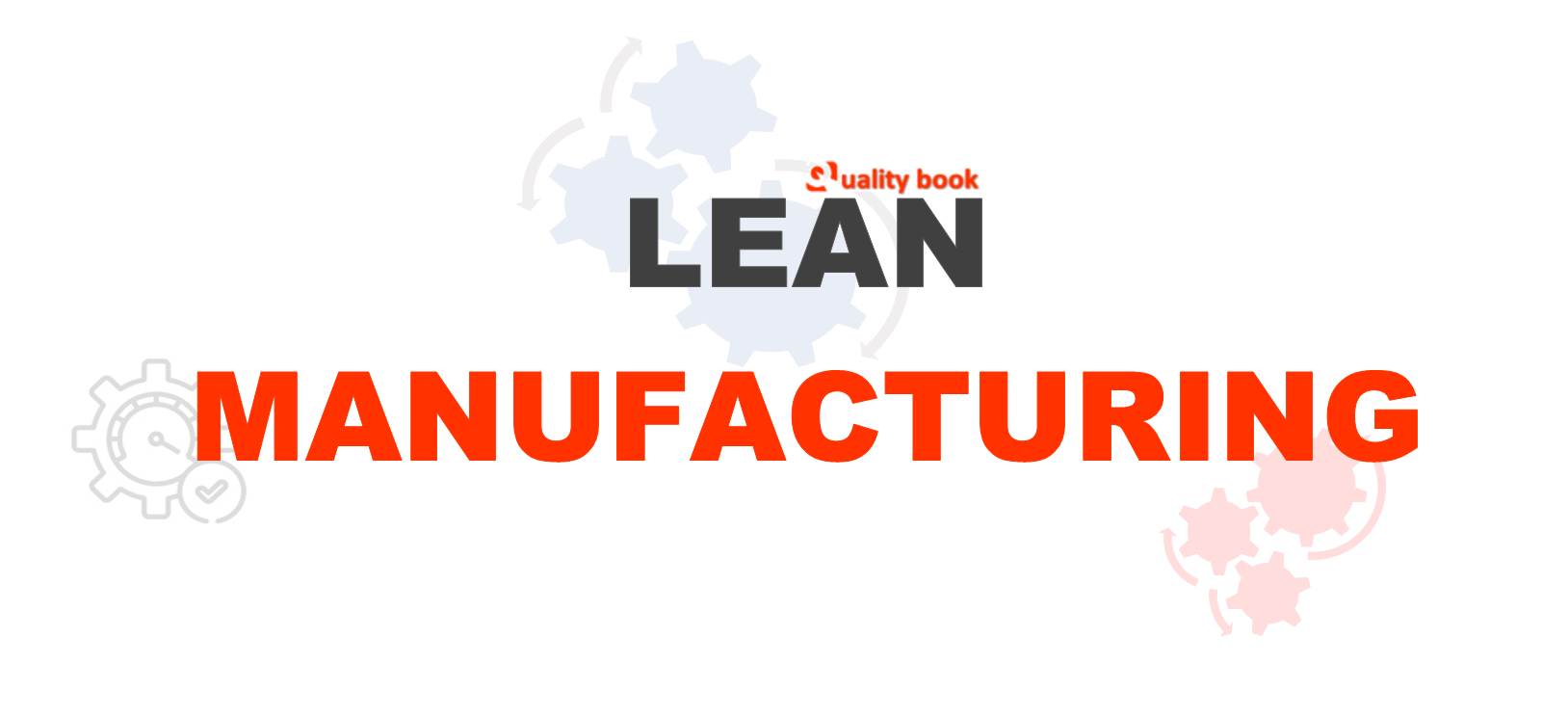In lean manufacturing, or lean approach, is:
1) a breakthrough approach to management and quality management, ensuring long-term competitiveness without significant investments.
2) the concept of production management, based on the reduction of production cycle time by eliminating losses.
3) it is a combination of philosophy, management, and production technologies, which involves the involvement of each employee in the process of business optimization and the maximum orientation to meet the needs of the customer.
The main idea of Lean Manufacturing is to reduce useless operations and actions that do not add, and sometimes reduce the value of products. To organize Lean Production, it is necessary to understand in what the customer sees the value of each type of product produced, and, as a result, to reduce the number of useless operations.

Lean Manufacturing – Goals, Objectives, and Principles
Lean manufacturing is a system, a business approach to the organization of not only production and product lifecycle management, but also relationships with suppliers and customers, which reduces the need for manual labor and several times increases the efficiency of using production areas.
The goals of the implementation of Lean Manufacturing are:
- Reduction of labor costs,
- Reduction of time for creation of new products,
- Guarantee of delivery of products to the customer,
- Maximum quality at minimum cost.
The objectives of Lean Manufacturing can be summarized in five principles:
- Determining the value of a particular product.
- Determining the value stream for this product.
- Ensuring a continuous flow of product value stream.
- Pulling the product by the consumer.
- Striving for excellence.
Value is the utility inherent in a product from the customer’s perspective.
Value is created by the producer because of performing a series of sequential actions. The value of the product/service can only be determined by the end user. In the conditions of our company, the consumer is not the final recipient of the finished electric locomotive, but each employee at the next stage of the production process. The movement of the processed part, unit, unit from site to site, from workshop to workshop must be understood as a movement from one consumer in the production chain to another.
Value Stream
The value stream is the totality of all the actions that need to be performed for a certain product (product, service or all together) to go through three important stages of management:
- Problem solving (from concept development and detailed design to the release of the finished product).
- Management of information flows (from receiving an order to drawing up a detailed project schedule and delivering goods).
- Physical transformation (from raw materials to the finished product in the hands of the consumer).
All the activities that make up the value stream can almost always be divide into three categories:
1) actions that create value.
2) actions that do not create value but are unavoidable for several reasons.
3) non-value activities that can be immediately exclude from the process.
Directions for improving production efficiency.
3-MU checklist
Reserves for improving production efficiency should be sought in three areas of the so-called 3-MU checklist (Muda; Muri; Mura).
Muda – “loss” – any activity that consumes resources but does not create value for the consumer.
Muri (Muri) – overload, work with human tension or machines. Overloading leads to the fact that the employee or equipment is working at the limit of possibilities. Overloading employees (high intensity of work) can lead to a decrease in quality or an increase in injuries. An overloading of machines (“bottleneck” in the production capability of the equipment) leads to defects and accidents.
Mura is a discrepancy, any deviation from the process, both good and bad.
Each of the three areas of the 3-MU checklist is considers from the following positions:
Human losses, technology, method, time, equipment, devices and tools, materials, production volume, stocks, place, way of thinking.